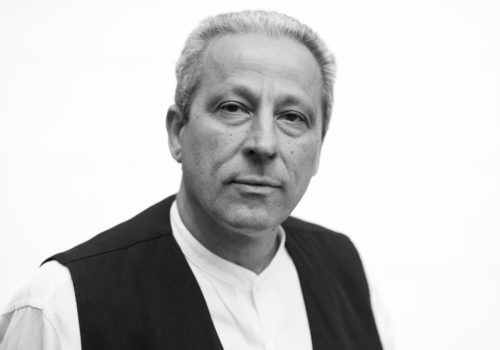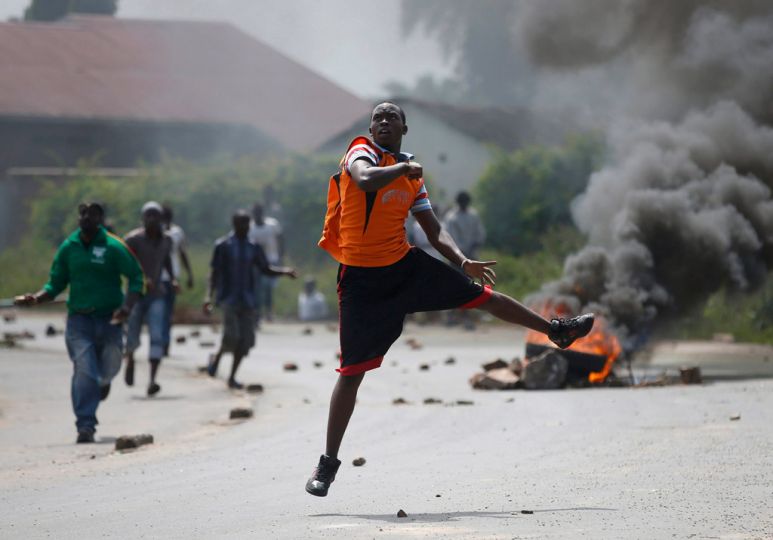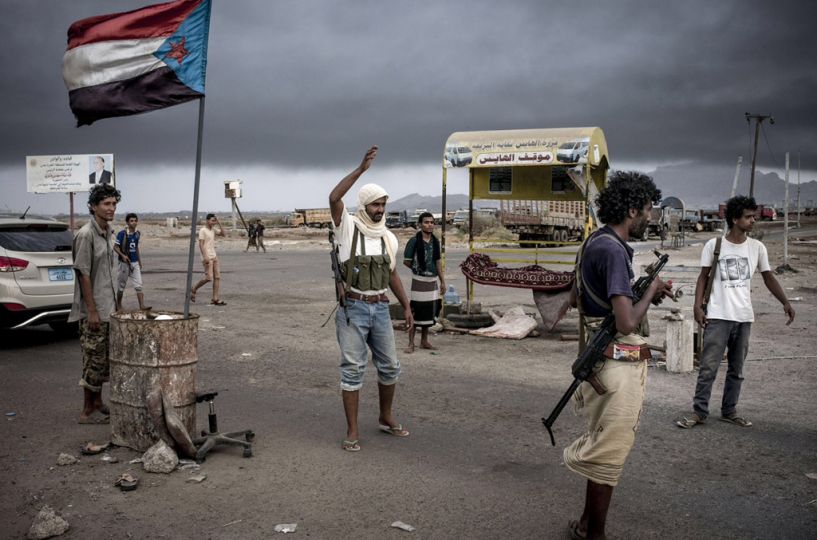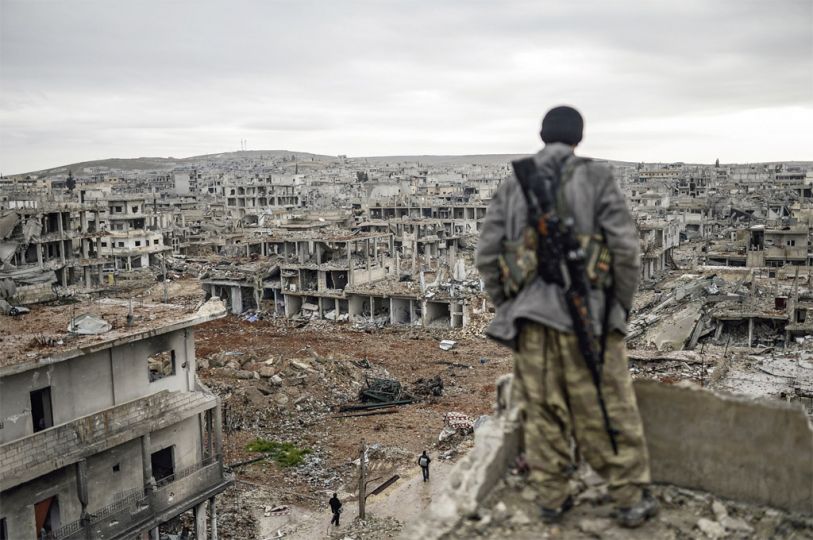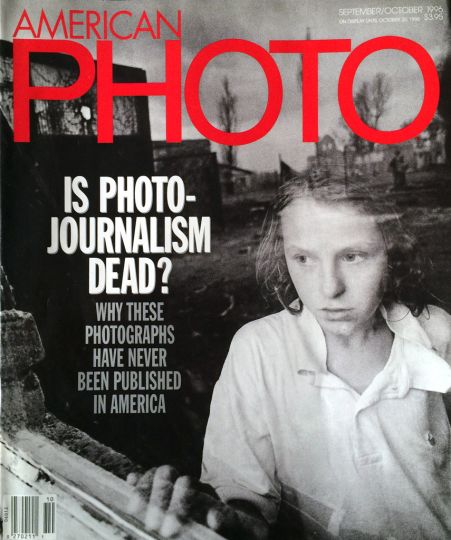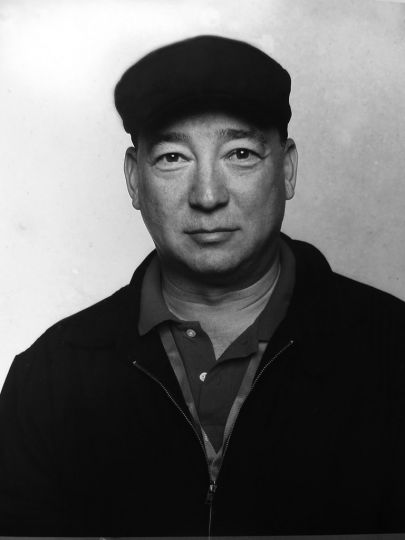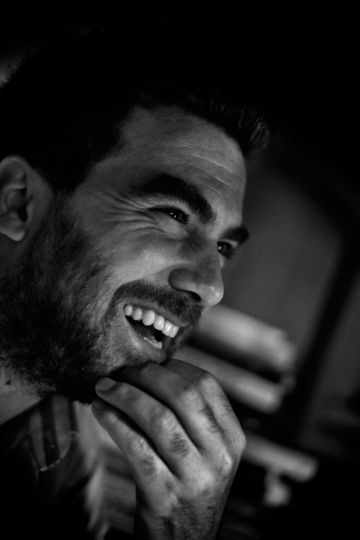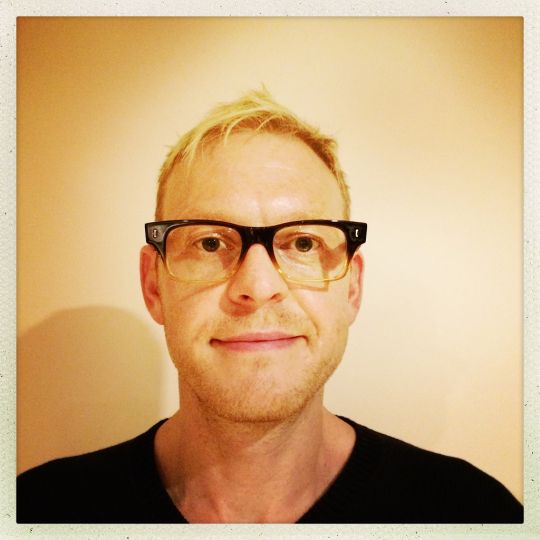Photojournalism is in transition as a profession and remains an unorthodox career for most. It is certainly not a stable way of life. It has always been a competitive, challenging and dangerous career path, and today it’s never been more dangerous and it’s too often deadly. And it will never return to what it was. In some ways that’s refreshing and presents new opportunities to develop the medium artistically and find a newly relevant and more vibrant place in the expansive media landscape of the digital age.
It’s time to embrace the new platforms of distribution and the frantically evolving forms of disseminating our work more independently today than ever before. One should embrace a more expansive and open minded adoption of multi-platform storytelling, while still producing, books, museum and gallery shows, all held together in concept, form and purpose with firm authorship. For some practitioners like myself, photojournalism can also be a potent force for raising awareness and making change. The growth of advocacy work in the past 5 years has been phenomenal, both in the new opportunities to make a living and to have real impact.

